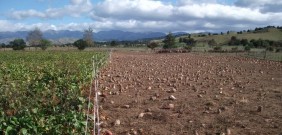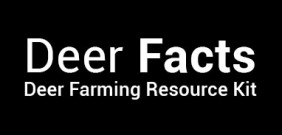When, what and how much should I feed to assist with conception rates and weight gain?
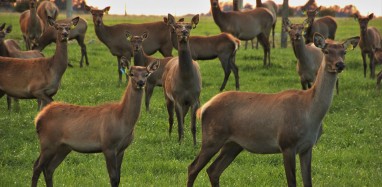
Matching intake with seasonal requirements
The feed requirements of deer differ depending on their age, stage of growth, season, feed quality, environment and management. To maintain good levels of production throughout the year, feed supply has to match the stage of production and seasonal requirements.
Balancing supply and demand
Matching deer’s nutritional requirements with the normal seasonal pattern of pasture production can be difficult. In late spring, pasture growth is well beyond the needs of deer, but in winter and summer there is often a feed deficit.
Feeding systems
Information on managing the transition from differing feed types which is important when trying to maximise animal growth.
Intake requirements
The intake requirements of deer are aligned with day length and feed demand. Feed demand is however affected by the amount of feed on offer.
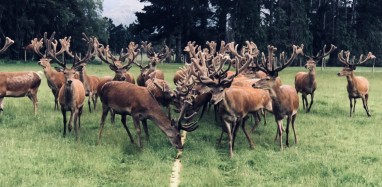
Diet selection
The diet selected by deer is a combination of their foraging behaviour, forage preference and feed availability.
Feed quality
Deer need good quality feed to perform. The quality of the feed available is made up of plant components and pasture components.
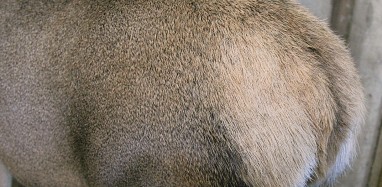
Body condition score
Body Condition Score (BCS) is a quick, visual, on-the-spot method for assessing the health, well-being and nutritional status of adult hinds.
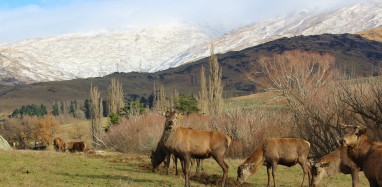
Grazing management
Grazing management by the farmer needs to incorporate many factors to achieve high performance targets for deer.
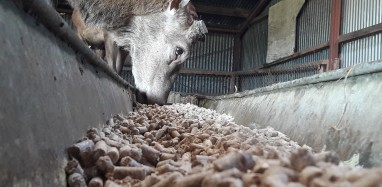
Feed or energy intake tables
Various tables of feed intake values to help you match feed supply to your production system's needs.
Deer feeding resources
Resources to assist with feeding deer
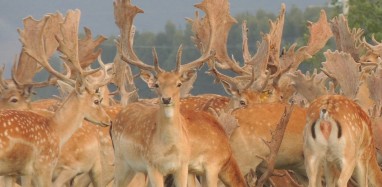
Fallow deer: Feeding and shelter

Droughts – how to survive the dry
Droughts can be tough on farmers, farms and their animals. This section has information on drought management.

